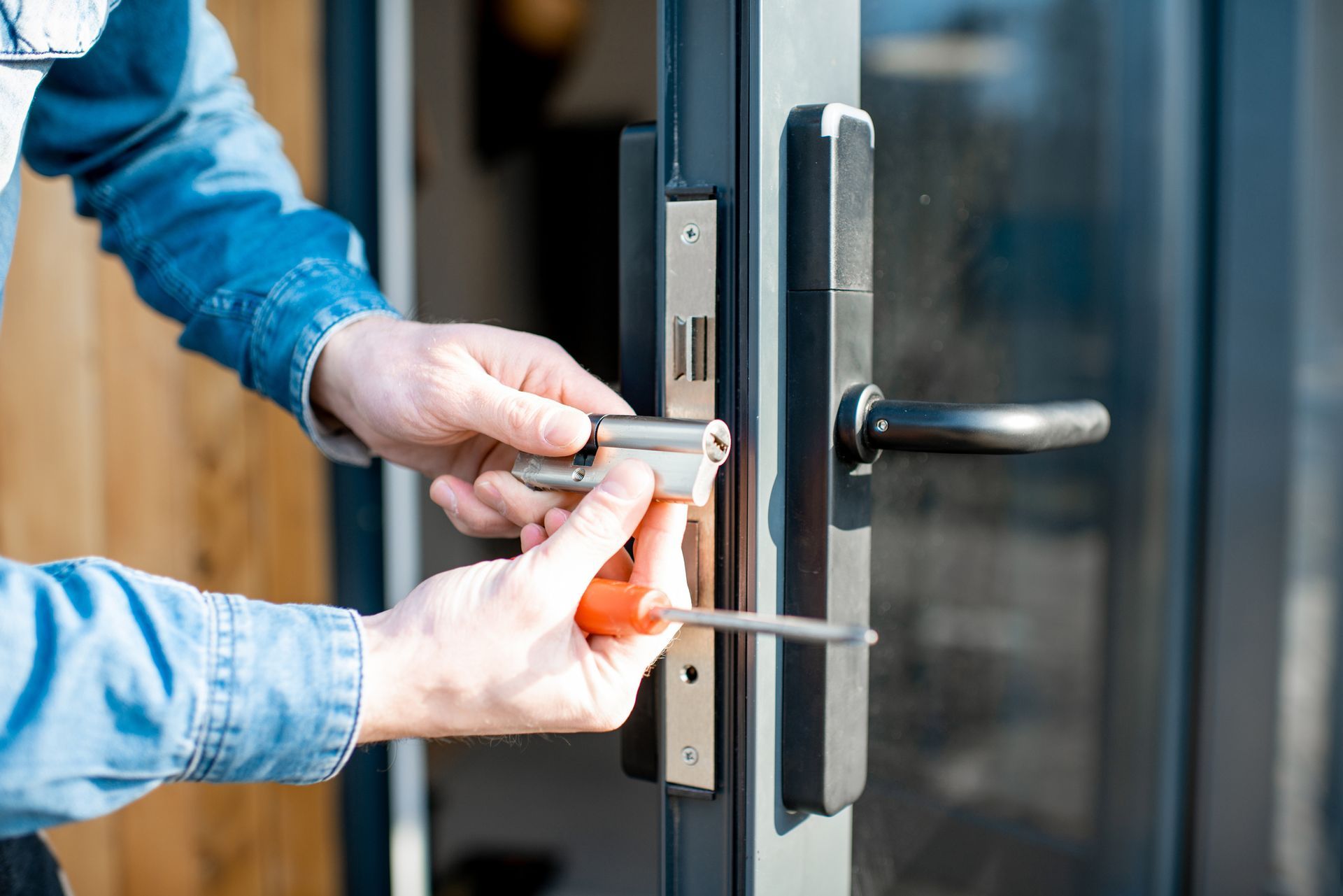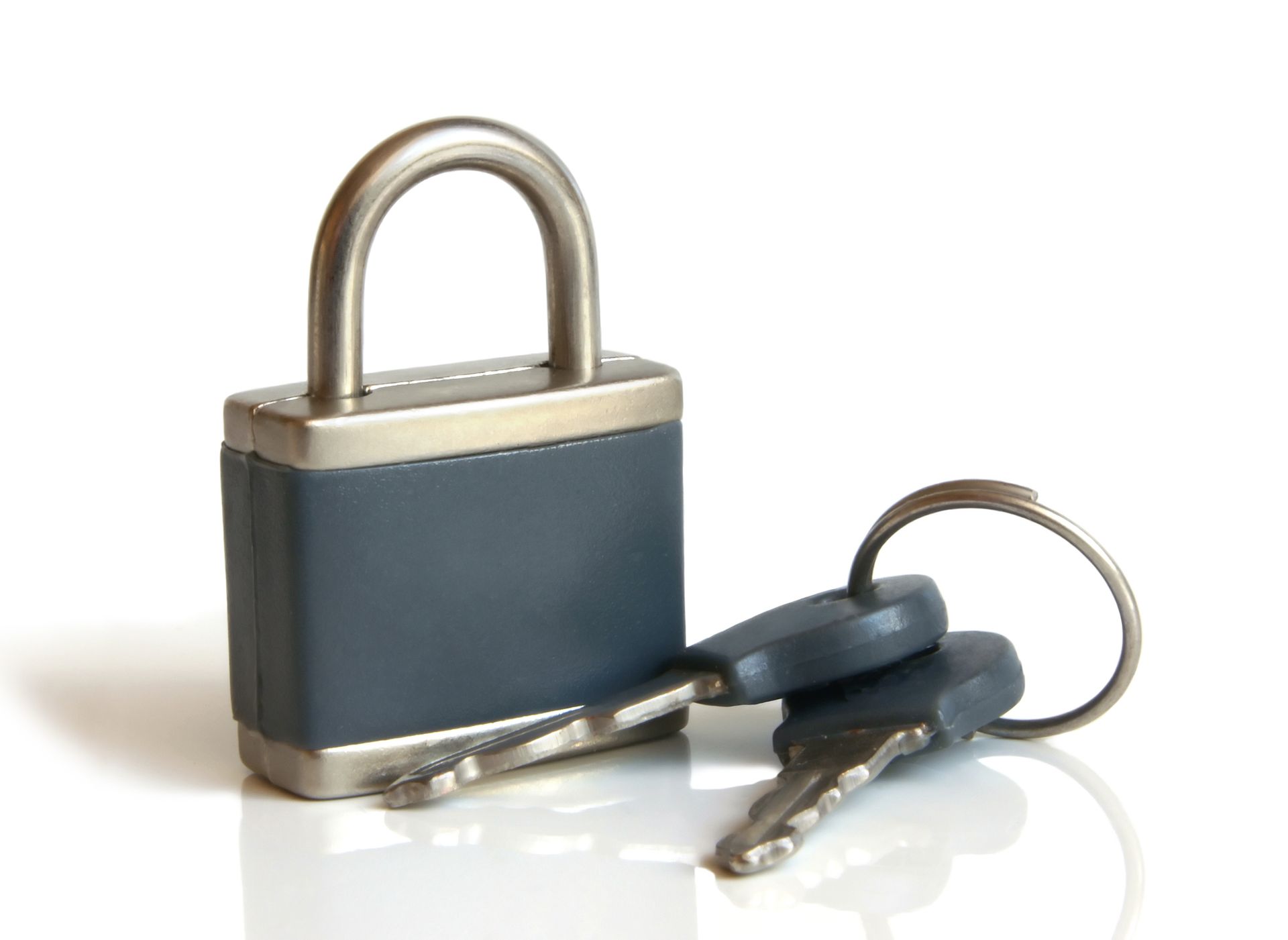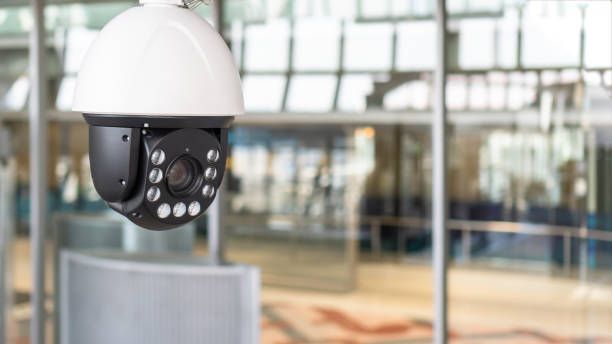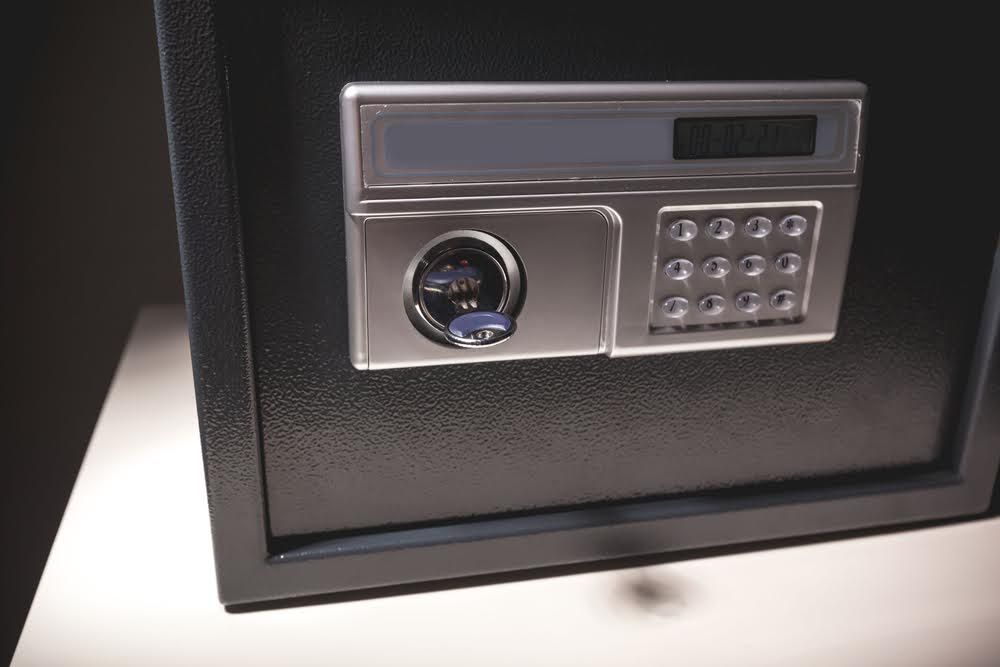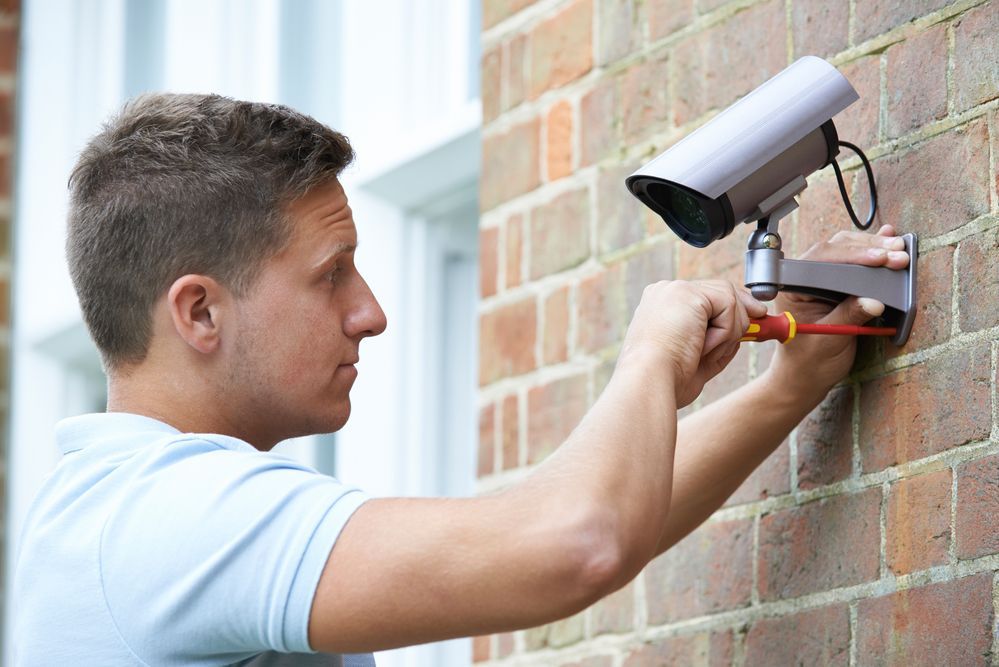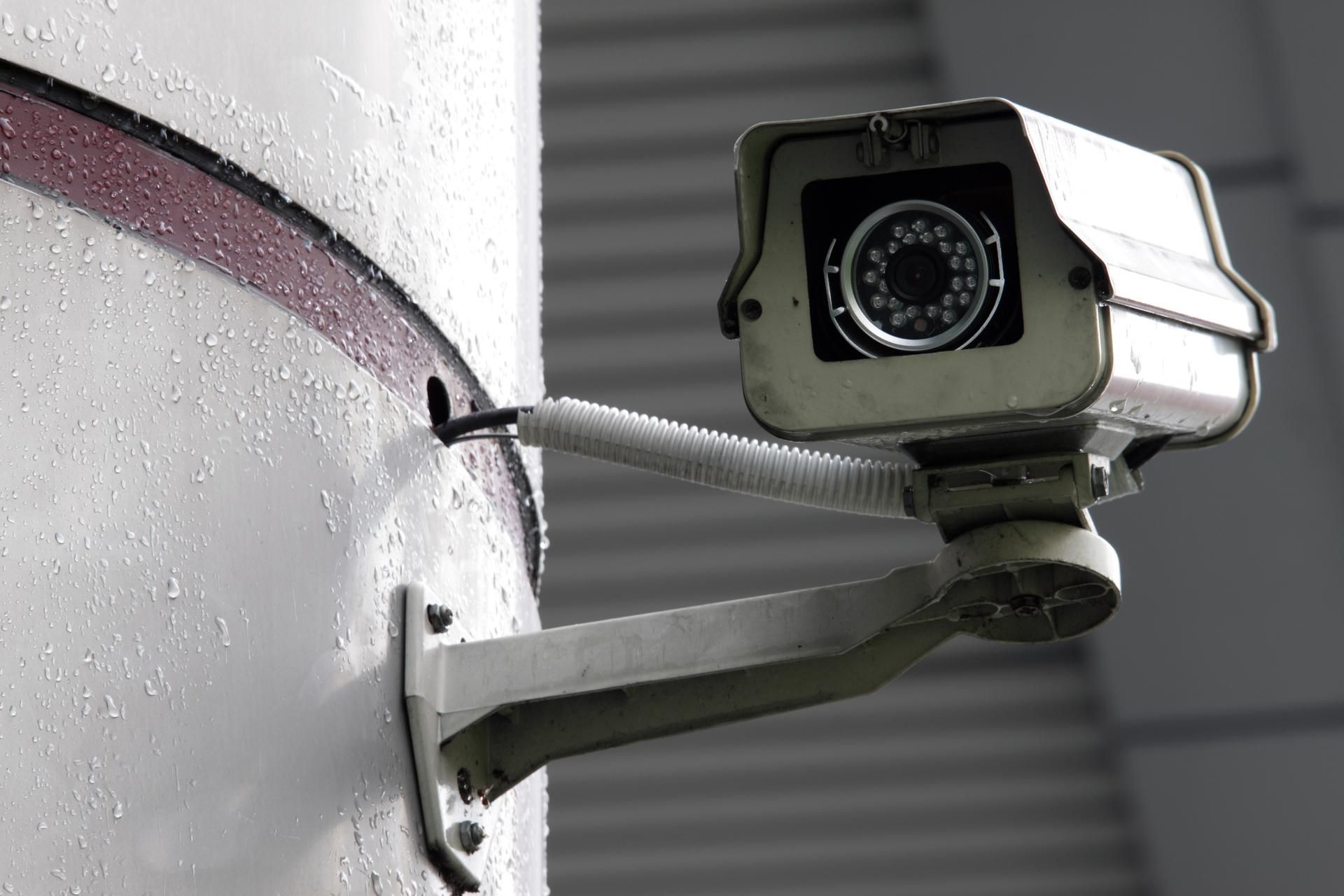4 Common Safe Burglary Techniques & How Homeowners Can Thwart Them
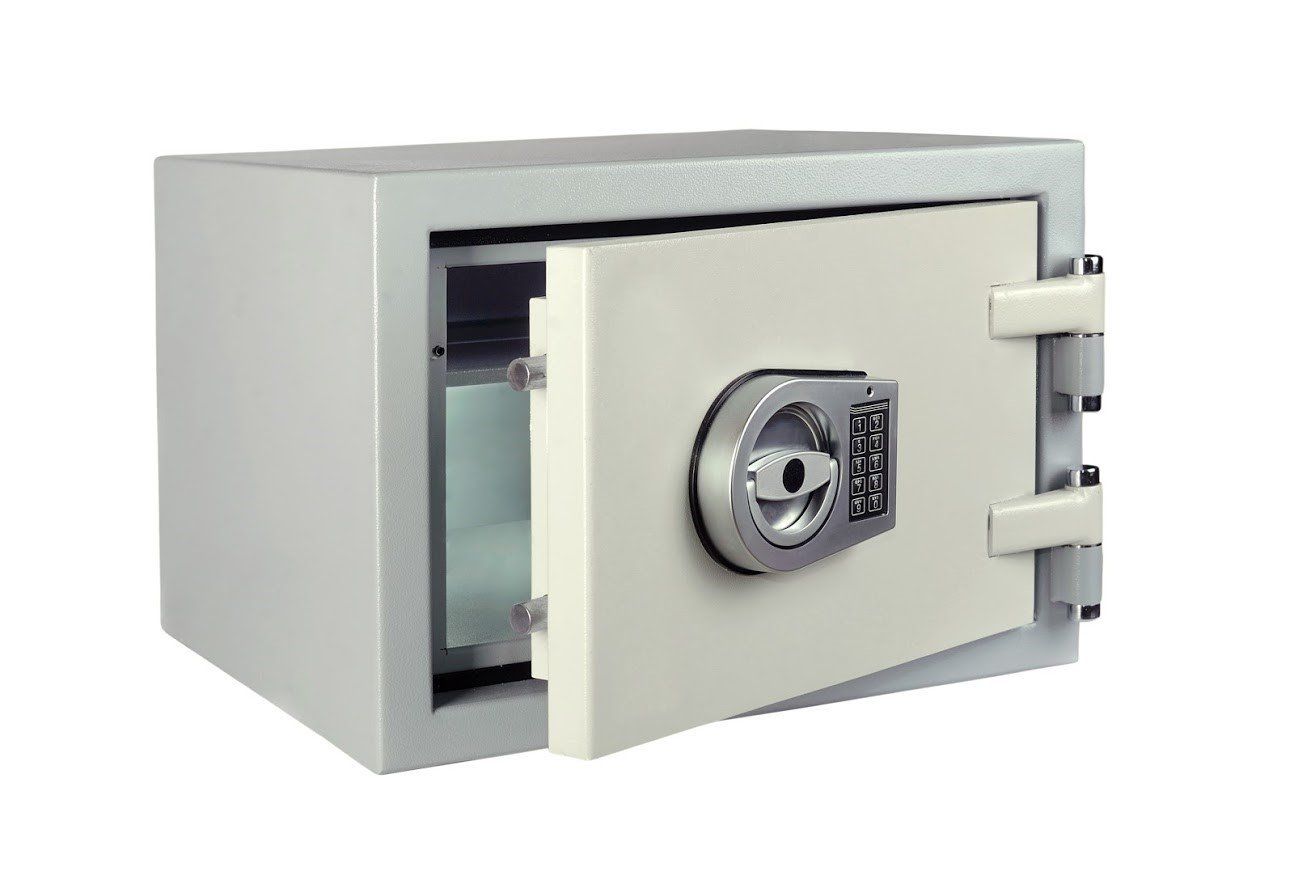
Home burglars utilize many safecracking techniques when attempting to break into home safes. However, safe manufacturers have learned the most common ways burglars break into safes over the years and introduced safe features designed to combat these illegal safe break-in tactics. Additionally, safe owners can take steps to make their safes more difficult for burglars to break into or steal.
Read on to learn about a few of the most common ways home burglars break into household safes, specific safe features designed to deter these break-in attempts, and additional steps you can take to help keep burglars out of your safe.
1. Utilizing Try-Out Combinations
One of the more common safe break-in methods is also one of the most simple. Many burglars break into household safes by simply opening them with their original combinations set by the manufacturers, called try-out combinations. While all safe owners are instructed to change these combinations after they purchase the safes and bring them home, many do not.
What these homeowners do not realize is that a try-out combination is not unique to one safe, but is instead one of just a few stock combinations commonly used by many safe manufacturers today.
For this reason, the first step to making any household safe you purchase as secure as possible is to change the try-out combination to a unique new one — one that differs greatly from the combination that was originally programmed into your safe lock.
2. Drilling into the Safe
Another common way home burglars break into safes is by drilling into them with handheld drills. While there are a few ways to break into a safe using a drill, many burglars drill into or near the main lock in an attempt to disengage it.
To keep burglars from opening your safe with this method, look for a safe equipped with a cobalt plate that lies between the door exterior and the locking mechanism. Most drill bits cannot penetrate through these super-tough cobalt plates.
Another feature that protects a safe against a variety of drill attacks is something called a relocker. When a safe is equipped with a relocker feature, many additional locks immediately engage and hold the safe door shut any time a burglar drills on or near the main safe lock in an attempt to disengage it.
3. Prying the Door Open
Some burglars gain illegal entry into a home safe by simply prying its door open with a pry bar or another slim metal object. However, many safes today are equipped with features designed to prevent safe door prying.
Anti-pry door tabs are additional, strong brackets that are typically located above and below a safe's locking mechanism. These tabs encourage the safe door to form a tighter, stronger seal around its perimeter to help prevent door prying.
Another feature that helps prevent safe door prying is a door equipped with internal hinges instead of external hinges. A door with internal hinges is located slightly behind the door opening instead of in front of it, which makes the door naturally more difficult to open with a pry bar.
4. Torching the Safe
Another way some burglars attempt to gain access to the contents of a safe is by torching, or burning, a hole in a safe's metal exterior. This technique can work on some safes since most metals will melt when exposed to extremely high temperatures.
However, you can keep a burglar from gaining access to your safe contents with torching by purchasing a safe with true composite wall construction.
These safes have multi-layer walls that typically consist of one layer of fire-resistant concrete amalgamate cement or another extremely fire-resistant material sandwiched between two layers of metal. The cement layer in these safes does not melt when exposed to high heat, so it can continue to block access to safe contents even if the outer metal layer melts.
5. Stealing the Locked Safe
Since breaking into a locked safe can take time no matter which illegal entry method the burglar chooses, many burglars would rather remove the entire safe from the house and then take it to a secure location where they can then break into it.
Unfortunately, many people suffer from the misconception that their safes are just too heavy for any burglar to attempt to steal. However, burglars have been known to remove safes that weigh as much as 500 lbs. or more from homes during home robberies.
For this reason, every home safe should be bolted down or mounted inside of the home to make it much more difficult to steal. Ideally, you should mount your safe to a sturdy surface in your home, such as a concrete floor, instead of a surface from which it could be easily removed with a pry bar, such as a wooden floor.
Burglars break into home safes in a variety of ways. However, you can prevent these break-ins by choosing the right safe features, changing your safe combination upon purchase, and mounting your safe inside of your home. Contact the safe experts at Dixie Safe & Lock Service for all of your household safe needs today.




